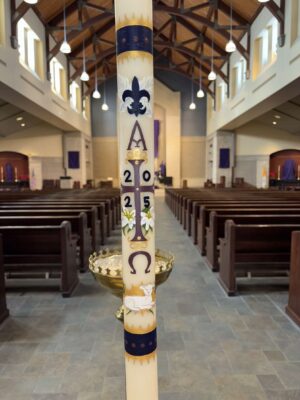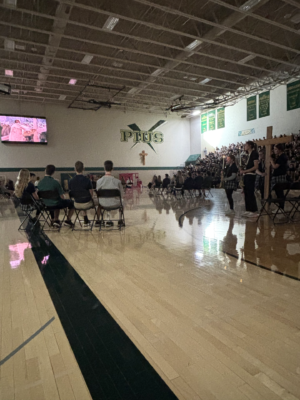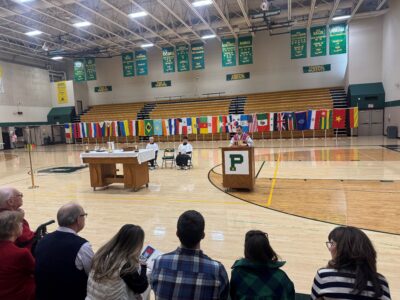Psychology classes on Tuesday, Oct. 8 spent their periods doing three activities.
Students took part in two activities and observed one demonstration, each highlighting something they have recently learned.
“Right now we are learning about sense organs and these last few days we have been covering the eye,” psychology teacher Matthew Sestak said. “We were focusing on how the eye reacts to various conditions around us.”
To start off class, Sestak removed his glasses and attempted to read things written by students at varying distances.
“It seemed like he was joking until he got closer, and his guesses got better,” senior Elle Bettey said.
Sestak explained to students that without a lens to aid his eye, his spot of visual acuity was very different.
The second part of class was a hands-on activity for the students on how to find their blind spots in each eye.
Students held out their thumbs while they closed one eye and stared at their opposite thumbs. They then moved the unwatched thumb away until its shape was noticeably different.
A better way to find the blind spot was via a Canvas activity. Students again closed one eye and stared at the opposite shape moving farther and closer until the shape on the left or right was completely out of the eye’s reach.
The last activity in class involved a ping-pong ball and red light.
Sestak had one student close one uncovered eye while covering the other with half of a ping-pong ball. A small amount of red light was then shone on the ball for a brief period of time.
“At first I didn’t see a change,” senior Lucas Mlnarik said. “After Mr. Sestak uncovered my eye it was very different than before.”
The human eye operates on red, green and blue pattern recognition, and with a more intense amount of red, the eye balances it out.
“The vision of one eye appeared red because our eyes become accustomed to the light after so long,” Sestak said.
The goal of all these activities was to help students grasp how differences in wavelength and conditions of light work in real time.
“I think it allows us to take what we learned from the notes and apply it to something tangible we can do ourselves,” Sestak said. “We don’t have to be in a lab to do these.”







